
MBBS in India
MBBS in India
Pursuing an MBBS (Bachelor of Medicine, Bachelor of Surgery) in India involves a detailed and structured educational journey. Here’s an overview of the key aspects:
Eligibility and Entrance Exams: To pursue MBBS in India, students must have completed their 10+2 education with Physics, Chemistry, and Biology. The primary entrance exam for MBBS admissions is the National Eligibility cum Entrance Test (NEET), which is mandatory for all medical aspirants in India.
Course Duration: The MBBS course in India typically lasts for 5.5 years. This duration includes 4.5 years of academic education and 1 year of mandatory internship in a hospital attached to the medical college.
Curriculum: The MBBS curriculum in India is comprehensive and includes subjects like Anatomy, Physiology, Biochemistry, Pharmacology, Pathology, Microbiology, Forensic Medicine, and Community Medicine in the initial years. The later years focus on clinical subjects such as Medicine, Surgery, Obstetrics and Gynecology, Pediatrics, and Orthopedics.
Practical Training: Medical education in India heavily emphasizes practical training. During the course, students undergo various hands-on training and clinical rotations in different departments of medicine.
Internship: The one-year internship is a crucial part of the MBBS program in India. During this period, students work as interns in hospitals, getting real-world experience in patient care, surgery, and other medical practices.
State and Central Universities: India has a mix of state and central universities, as well as private medical colleges. The quality of education can vary, but many Indian medical colleges are known for their high standards and rigorous training.
Postgraduate Opportunities: After completing MBBS, graduates can either start practicing as general physicians or pursue postgraduate studies such as MD (Doctor of Medicine) or MS (Master of Surgery) in various specialties.
Regulatory Bodies: The Medical Council of India (MCI) is the primary regulatory body for medical education and practice in India. It sets the standards for medical education and recognizes medical qualifications.
Costs and Scholarships: The cost of pursuing MBBS in India varies widely between government and private colleges. Government colleges are significantly less expensive. There are also various scholarships and financial aid options available for deserving students.
Global Recognition: An MBBS degree from India is recognized in many countries around the world. However, graduates wishing to practice medicine in other countries may need to fulfill additional licensing requirements of the respective country.
Studying MBBS in India is demanding yet rewarding, offering a mix of theoretical knowledge and practical skills essential for a successful career in medicine.
Study MBBS in India
Studying MBBS (Bachelor of Medicine and Bachelor of Surgery) in India is a comprehensive and rigorous journey, which involves several key aspects:
Entrance Requirements: Admission to MBBS programs in India is highly competitive. Candidates must have completed their 10+2 education with Physics, Chemistry, and Biology. The most critical requirement is passing the National Eligibility cum Entrance Test (NEET), which is a nationwide examination for undergraduate medical courses.
Duration and Structure: The MBBS course in India spans 5.5 years. This includes 4.5 years of classroom learning and practical training, followed by a one-year mandatory internship in a hospital.
Curriculum: The MBBS curriculum in India is divided into three phases:
Pre-clinical (1.5 years): Covers basic medical sciences like Anatomy, Physiology, Biochemistry.
Para-clinical (1 year): Involves learning Pathology, Pharmacology, Microbiology, Forensic Medicine, and Community Medicine.
Clinical (2 years): Focuses on practical experience in major areas such as Medicine, Surgery, Pediatrics, Obstetrics and Gynecology, and Orthopedics.
Internship: The final year internship is crucial, offering hands-on experience in various medical departments. It is essential for the holistic development of a medical student, providing practical exposure and real-world clinical skills.
Medical Colleges: India has a vast number of medical colleges, including government and private institutions. Government medical colleges generally have lower fees compared to private colleges.
Costs: The cost of studying MBBS in India varies. Government colleges are subsidized and have lower fees, while private medical colleges can be expensive. Scholarships and financial aid are available for meritorious and economically weaker students.
Postgraduate Opportunities: After completing MBBS, graduates can pursue postgraduate studies such as MD (Doctor of Medicine), MS (Master of Surgery), or diplomas in various specialties.
Regulation and Recognition: The National Medical Commission (NMC), formerly known as the Medical Council of India (MCI), is the regulatory body responsible for medical education standards in India. An MBBS degree from India is recognized in many countries, but additional examinations and licensing may be required to practice abroad.
Challenges and Rewards: The journey to becoming a doctor in India is challenging, with intense competition, rigorous academics, and demanding training. However, it is also highly rewarding, offering a respected profession with the opportunity to make a significant impact on people’s lives.
Global Perspective: Indian medical graduates have a global perspective, with many alumni working successfully across the world. This diverse exposure adds to the holistic development of medical practitioners trained in India.
India has some international class medical colleges to study MBBS. Although studying MBBS in India is costly but it has slightly more advantages than MBBS in Bangladesh. Here is the name of the top 5 medical colleges in India and a few details about them.
All India Institute of Medical Sciences (AIIMS),
Christian Medical College (CMC), Vellore
Armed Forces Medical College (AFMC),
JIPMER College, Puducherry,
Maulana Azad Medical College (MAMC),
All India Institution of Medical Science
The idea of AIIMS arose in 1946, after a recommendation by the Health Survey of the Government of India. From then to the establishment and development of AIIMS (New Delhi) over the ensuing years, several illustrious
. The foundation stone of AIIMS Delhi was laid in 1952. On February 18, 1956, the then Minister of Health, Rajkumari Amrit Kaur, introduced a new bill in the Lok Sabha, that would eventually become the AIIMS Act. “It has been one of my cherished dreams that for postgraduate study and for the maintenance of high standards of medical education in our country,
we should have an institute of this nature which would enable our young men and women to have their post-graduate education in their own country,” she said.
The old and new main OPD blocks at AIIMS, New Delhi are named after her. When the bill was adopted in May 1956, it became the All India Institute of Medical Sciences Act, 1956. She also gave her land about 100 acres for construction.
About Christian Medical College (CMC), Vellore
The Christian Medical College Vellore, located in Vellore, Tamil Nadu, is an unaided minority educational institution established in the year 1900. Started as a single-bedded clinic, under the leadership of Dr. Ida Sophia Scudder, the only daughter of second-generation American missionaries, it grew into a full-fledged
In 2018, we celebrated the centenary of medical education – and this year, in 2020, we celebrate 120 years of CMC Vellore.
Medical education began in 1918 with a Licentiate Medical Practitioner course to impart medical training to women. In 1942, the MBBS degree course was started and in 1947, the medical college became co-educational.
In the delivery of health care, CMC provides a culture of caring while pursuing its commitment to professional excellence. For decades synonymous with excellence, CMC has maintained a fine balance between providing state-of-the-art treatment while being inclusive and minimizing the financial burden on patients, thus playing, over the years, a pivotal role in improving healthcare in the country.
Armed Forces Medical College
About Armed Forces Medical College (AFMC)
Armed Forces Medical College, Pune is a premier medical institution in India. AFMC has the distinction of being the first medical college set up by the Armed Forces of any country in Asia. The college is a unique institution that combines medical education with training specific to the health care needs of the Armed Forces. AFMC has been
It has received accreditation from NAAC with ‘A’ Grading and during re-accreditation carried out recently has been awarded cumulative grade point average of 3.51 out of a maximum 4, which was the highest ever awarded to any institution in India, till that time.
Armed Forces Medical College was established on 01 May 1948. The institution conducts training of medical undergraduates and post-graduates, nursing undergraduates and post-graduates, dental postgraduates, and paramedical staff. Patient care forms an integral part of the training curriculum and the affiliated hospitals utilize the expertise available at AFMC.
The institution is responsible for providing the entire pool of specialists and super specialists to the Armed Forces by giving them in-service training. Thus AFMC forms the backbone of high-quality professional medical care being provided to the Armed Forces.
About JIPMER College, Puducherry
The Jawaharlal Institute of Postgraduate Medical Education & Research (JIPMER), funded by the Indian central
Located at Pondicherry, JIPMER is also a fully functional hospital that provides medical treatments to patients from all over the world.
It has about 200 faculty members, 3,000 staff, and 360 resident physicians. JIPMER has always projected excellence in what it does and has been constantly ranked among the top colleges of the country by various prime websites. JIPMER started operating from one more newly opened campus at Karaikal in November 2015.
About Maulana Azad Medical College (MAMC)
The history of Maulana Azad Medical College can be traced to 1936 when India was under British rule. During that time, the Indian Medical Service was being heavily manned by the British. In 1940, Martin Melvin Cruickshank of the Indian Medical Service (IMS) was appointed Medical Superintendent of Irwin Hospital and Chief Medical Officer of New Delhi.
He was appointed specifically to establish a medical college complex near Ramlila Maidan. But before his plans could come to fruition, the Second World War started in 1939 and the plan of a new medical college had to
During the Second World War, some barracks were rapidly constructed near Safdarjung’s tomb to establish a medical center for American troops fighting in this region.
That hospital was well equipped, with an x-ray machine, a laboratory, and other facilities for various emergency procedures. After the Second World War was over, America handed over the hospital to the Indian government.
It is now known as Safdarjung Hospital. Later a medical college was started there by the Central Government Health Scheme of the Health Ministry.
MAMC made a very humble beginning in 1958 at the erstwhile Irwin hospital (now the Lok Nayak Hospital). The foundation stone for the new buildings of the college was laid in October 1959 by Govind Ballabh Pant. At the 30 acre land of the old Central Jail which was not in use.
Study MBBS in Bangladesh
Studying MBBS (Bachelor of Medicine and Bachelor of Surgery) in Bangladesh offers several advantages, particularly for students from neighboring countries like India. Here are some key reasons why Bangladesh is considered a good option for studying MBBS:
Quality of Education: Many medical colleges in Bangladesh provide high-quality medical education that is recognized globally. The curriculum often follows international standards, ensuring a comprehensive medical education.
Affordable Cost: Compared to many other countries, the cost of studying MBBS in Bangladesh is relatively lower. This includes tuition fees and the cost of living, making it a financially viable option for many students.
Cultural Similarity: For students from neighboring countries like India, Bangladesh offers a cultural environment that is quite similar to their home. This can make the adaptation process easier for international students.
English Medium of Instruction: Most medical colleges in Bangladesh teach in English, which is beneficial for international students. This removes the language barrier that might be faced in non-English speaking countries.
Recognition of Degrees: The MBBS degree from Bangladesh is recognized by major medical councils and organizations worldwide, including the Medical Council of India (MCI), which allows graduates to practice in various countries subject to passing the respective licensing exams.
Clinical Exposure: Medical colleges in Bangladesh often have good hospital affiliations, providing students with practical clinical exposure, which is crucial for a medical student.
No Language Barrier: Since the course is conducted in English and the local language (Bengali) is quite similar to some Indian languages, students from the Indian subcontinent find it easier to interact with patients during their practical training.
Similar Disease Spectrum: The disease spectrum in Bangladesh is similar to that in many parts of India and other South Asian countries. This makes the clinical experience more relevant for students who plan to practice in these regions.
Easy Admission Process: The admission process for MBBS in Bangladesh is generally straightforward and less competitive compared to countries like the USA, UK, or Australia.
Proximity to Home for South Asian Students: For students from South Asian countries, Bangladesh is geographically close, reducing travel costs and making it easier for them to visit home during breaks.
MBBS Admission in Bangladesh
MBBS in Bangladesh
Fortune Education
Fortune Education, established in 2004, is an organization specializing in educational consultancy and admission guidance for various higher education courses, particularly in the medical field. Here are some key aspects related to Fortune Education:
MBBS Admission Guidance: Fortune Education is known for providing assistance and guidance to students seeking admission in MBBS programs, particularly in countries like Bangladesh. They help students understand the admission process, eligibility criteria, and other necessary details.
Countries of Operation: While they may primarily focus on admissions in Bangladesh, Fortune Education could also be involved in guiding students to institutions in other countries. It’s important to check their current operations and affiliations.
Services Offered: Their services likely include helping students select the right medical college, assistance with the application process, guidance on visa procedures, and providing information about the cost of education and living in the host country.
Partnerships with Medical Colleges: Fortune Education may have partnerships with various medical colleges, especially in Bangladesh, and can provide detailed information about these institutions, their curriculum, faculty, accreditation, and campus life.
Assistance with Entrance Exams and Licensing: They might offer help in preparing for any required entrance exams and provide information on the steps to be taken after graduation, like licensing exams in the student’s home country.
Post-admission Support: The organization may also offer post-admission support, such as assistance in finding accommodation, orientation in the new country, and guidance throughout the education period.
Reputation and Reviews: It’s important to research the reputation of Fortune Education, including reviews and testimonials from past students, to ensure the quality and reliability of their services.
Legal and Ethical Compliance: Ensuring that the consultancy operates in compliance with the legal and ethical guidelines of both the home country and the destination country is crucial.
Updates and Information Sessions: They might conduct information sessions, seminars, or webinars to update students on new policies, admission cycles, and other relevant information.
Customized Guidance: Depending on the individual needs and qualifications of students, Fortune Education may offer personalized counseling to help them make informed decisions about their medical education.
Tag:Clinical Training in India, Doctor Training in India, Government Medical Colleges, Healthcare Technology in Medicine, Indian Healthcare System, Indian Medical Colleges, Indian Medical Council, Indian Medical Licensing, Indian Medical Specializations, mbbs admission in bangladesh, MBBS Admission Process, MBBS Curriculum India, MBBS Scholarships in India, Medical Education in India, Medical Internship in India, Medical Research Opportunities, Medical Residency Programs, NEET-UG Entrance Exam, Private Medical Universities, Public Health Education in India, Rural Medical Practice
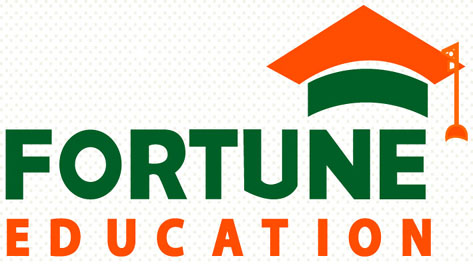
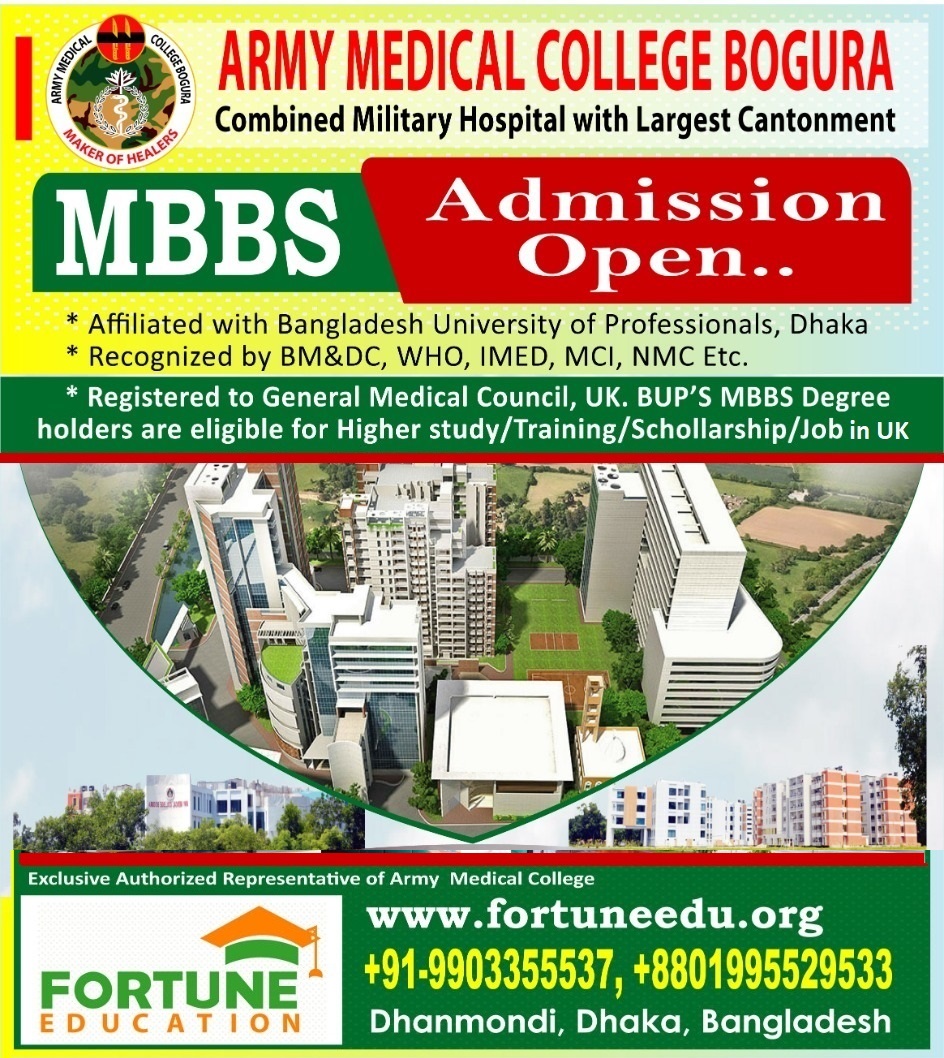


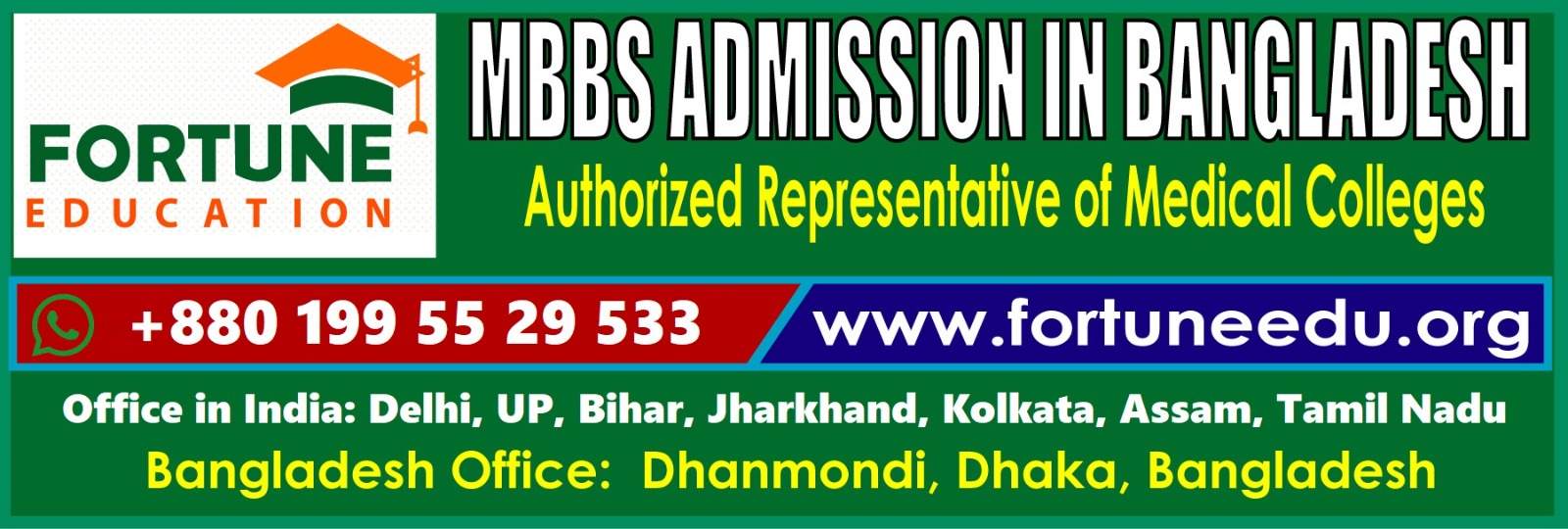
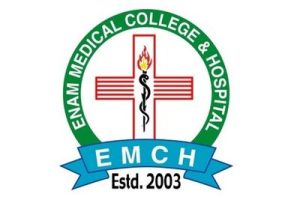
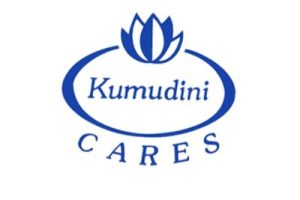

1 Comment